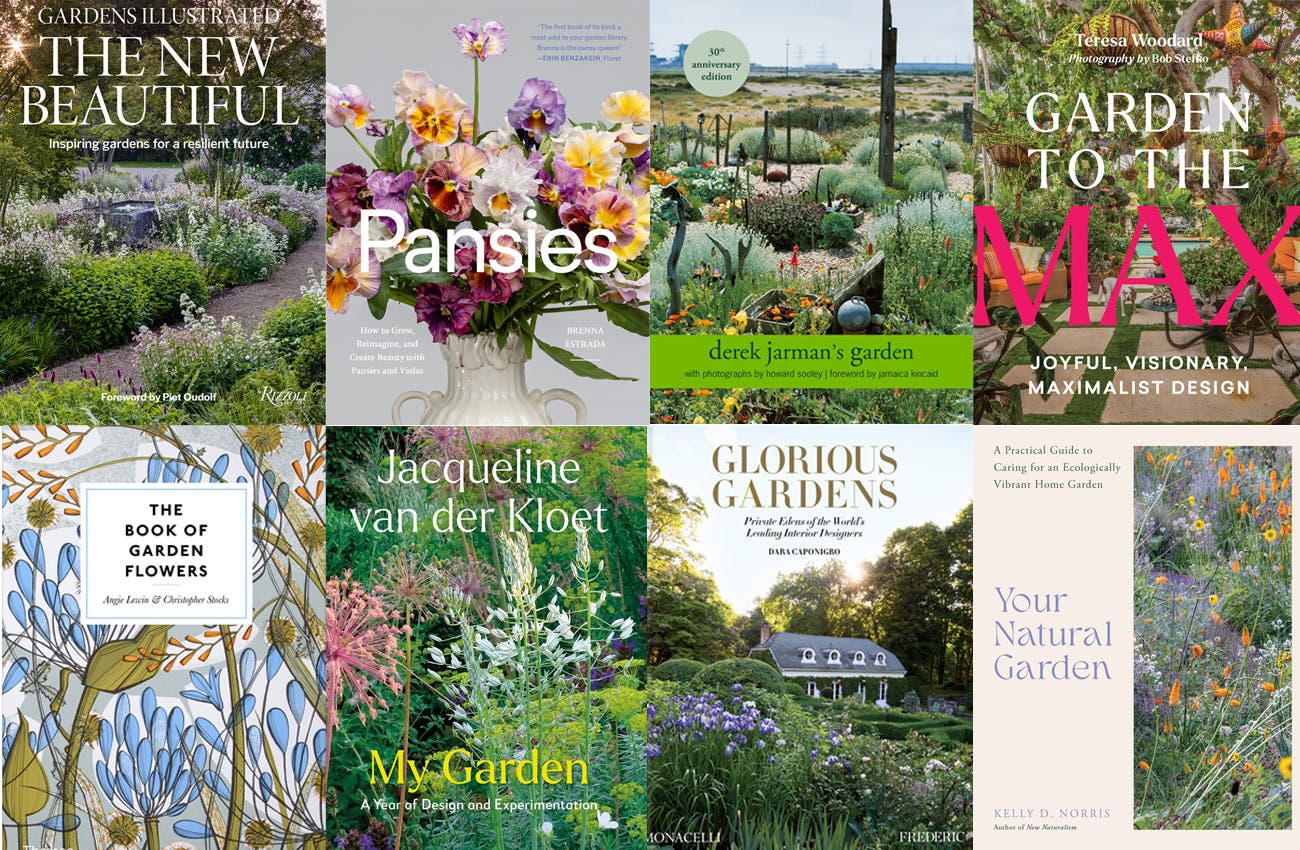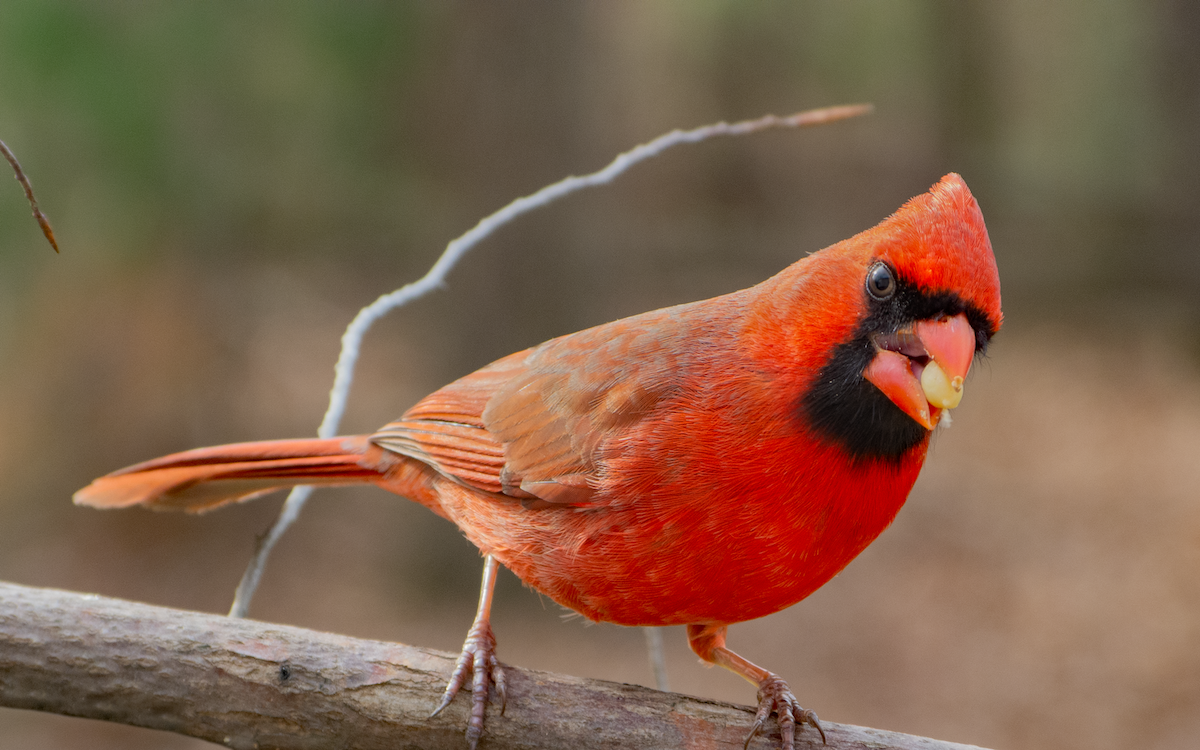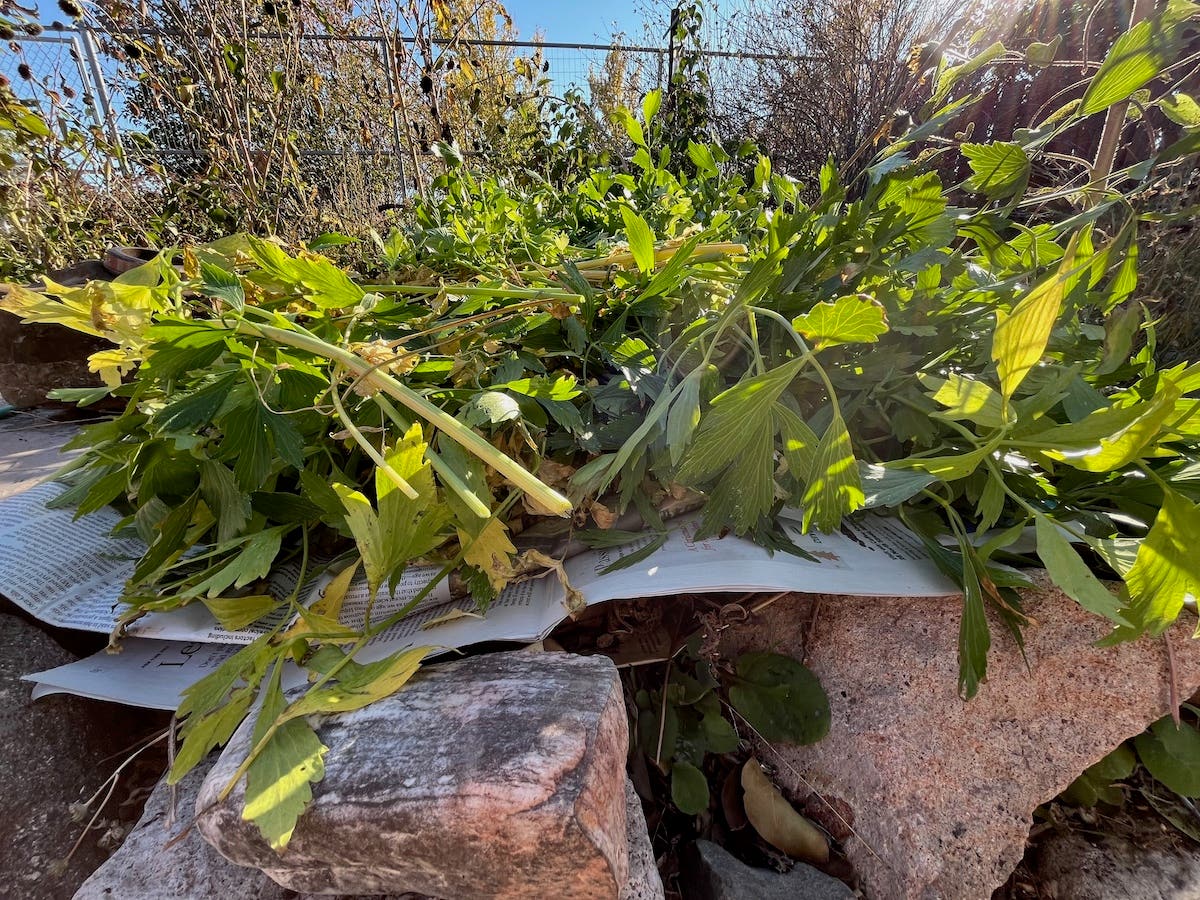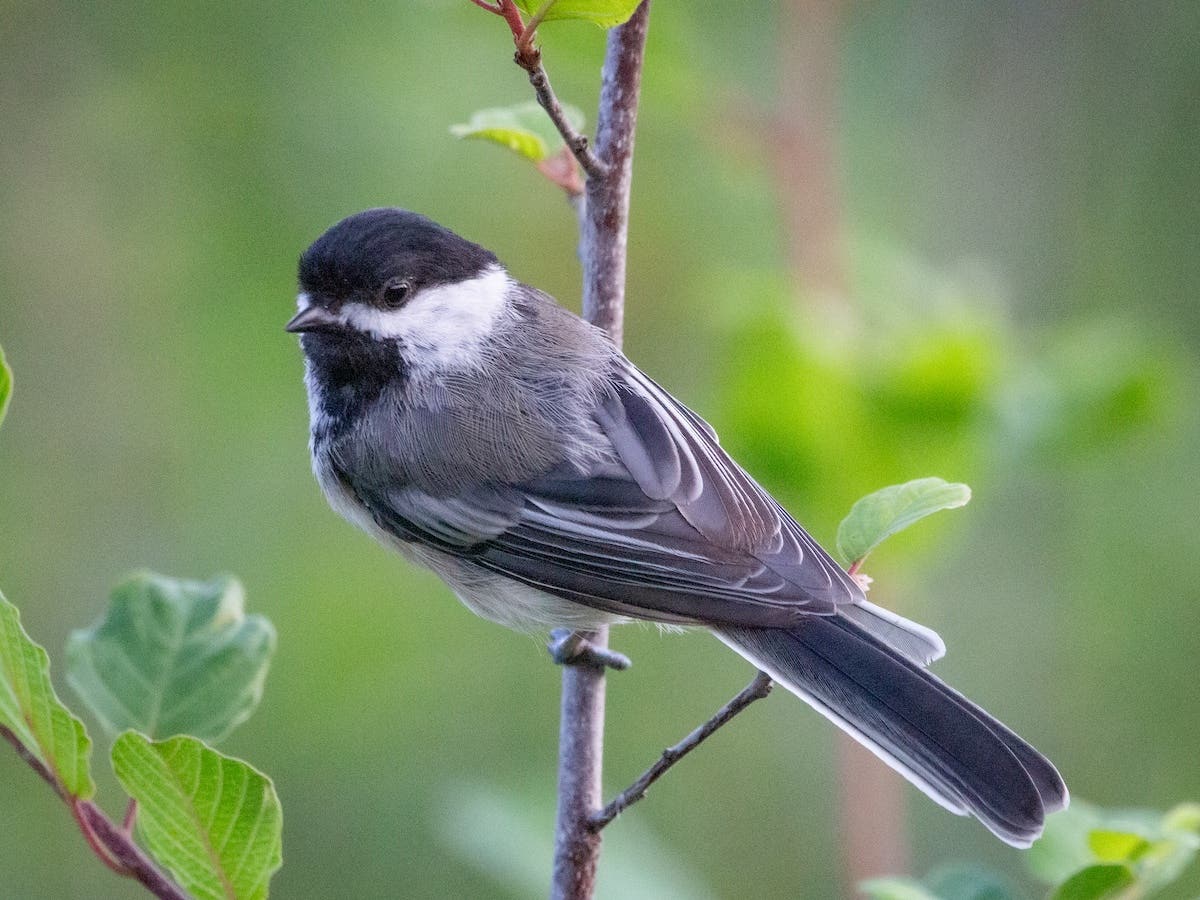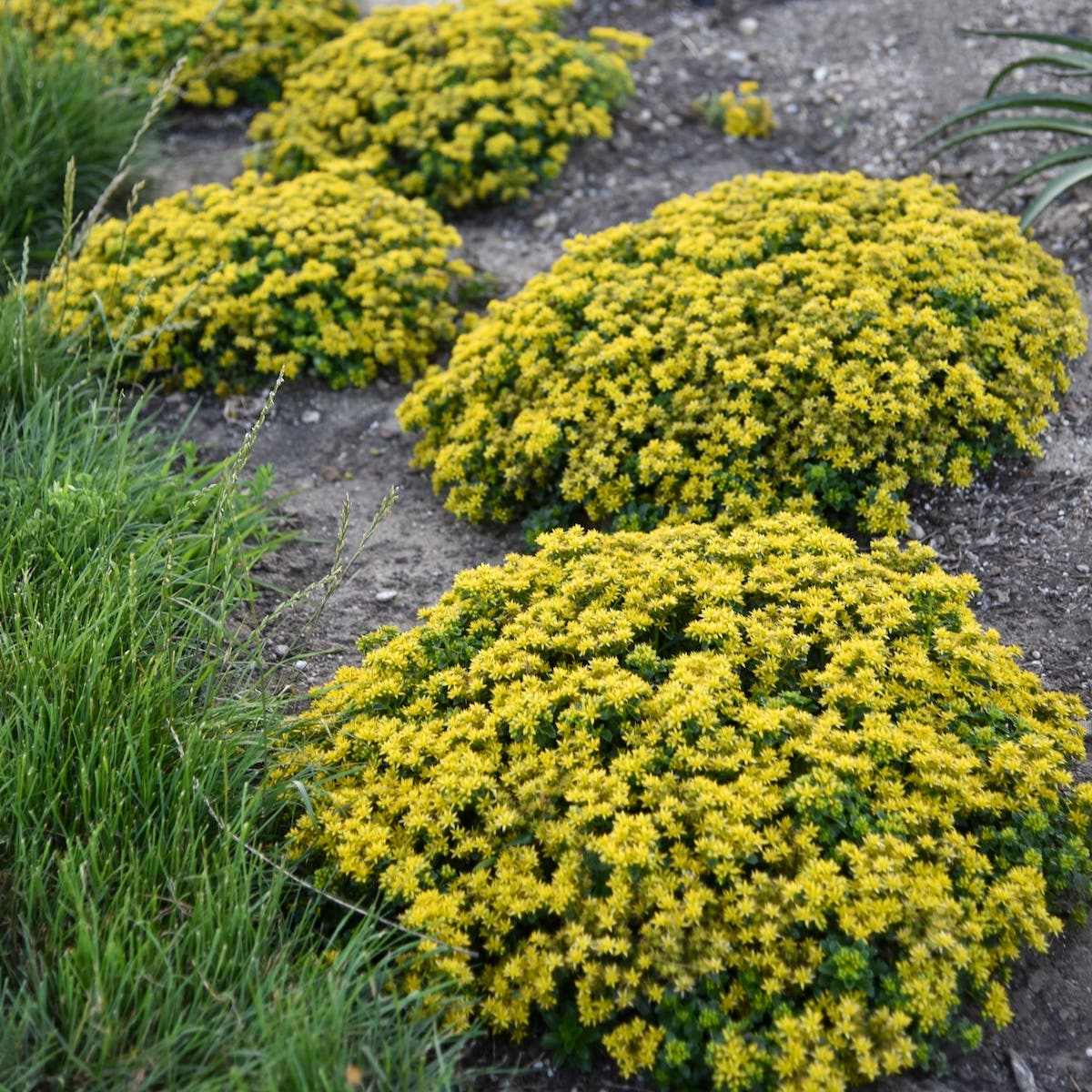Quick Tips for Cutting Flowers from the Garden
Make homegrown flower bouquets last longer and look better with these simple steps.
If you have an ornamental garden, you most likely have a ready supply of materials for fresh bouquets and arrangements to place in your own home or share with friends. (Add a designated cutting garden and vegetable plot to your yard, and the options skyrocket, but often a general bed or border will provide just fine.) Homegrown, homemade bouquets are special because they reflect the local season and they can contain elements not commonly seen in the florist’s window.
Follow these tips for easy, quick gathering of bouquets that will last:
1. Before cutting anything, stand back and take in the whole garden and surrounding landscape. See what’s at its peak. Think about different colors, shapes and textures that will make an interesting combo. The elements may be growing far apart, which is why it's important to stand back! In general, you want to aim for flowers that are partially open, not tight buds. (For advice on specific flowers, I like the resource library at Floret Farm.)
2. Cut flowers in the coolest times of the day—morning or evening. At these times the stems will be most full of water and the flowers will be sturdy, not wilting. If the weather has been dry, consider watering the plants you plan to cut from a couple hours in advance.
3. Bring one or more buckets of water with you, for holding the cut stems. Just a few inches of water will suffice; any more only adds weight! You might want several pails for holding different elements, or you can keep each type bundled separately in one large bucket. Keeping different flowers, foliage and other pieces separate from each other makes building the final bouquet easier.
4. Use floral snips or fine garden shears to cut your bouquet elements. Cut the stems longer than you’ll ultimately need them to be, and make the cut a 45-degree angle, which enhances water intake. Place them immediately in a water pail. As you move between plants, wipe the blades of your cutting tool with an antibacterial wipe. This prevents diseases from being passed through the garden.
5. Are you short on flowers, or hesitant to remove a lot from your garden scene? Pick just a few choice blossoms and frame them with large or interesting leaves. (Think hostas, heucheras, ferns, elephant ears and other perennials planted for their foliage.)
6. When you're ready to arrange your bouquet, trim the stems and remove any foliage that would be under water in the vase. (It would only begin to rot and cause problems.) Use fresh water and add floral preservative; these are formulated to feed the flowers, facilitate water uptake and stop bacteria from attacking the cut stems. A flower frog can help create a bouquet that stays upright and just the way you put it. Change the water in the vase at least every two days and continue using floral preservative. (Try these homemade recipes.) Keep the arrangement out of direct sun and high temperatures. These steps will help prolong its life.






